Home>Ideas and Tips>Shadows Of The Future Smart Home Integration
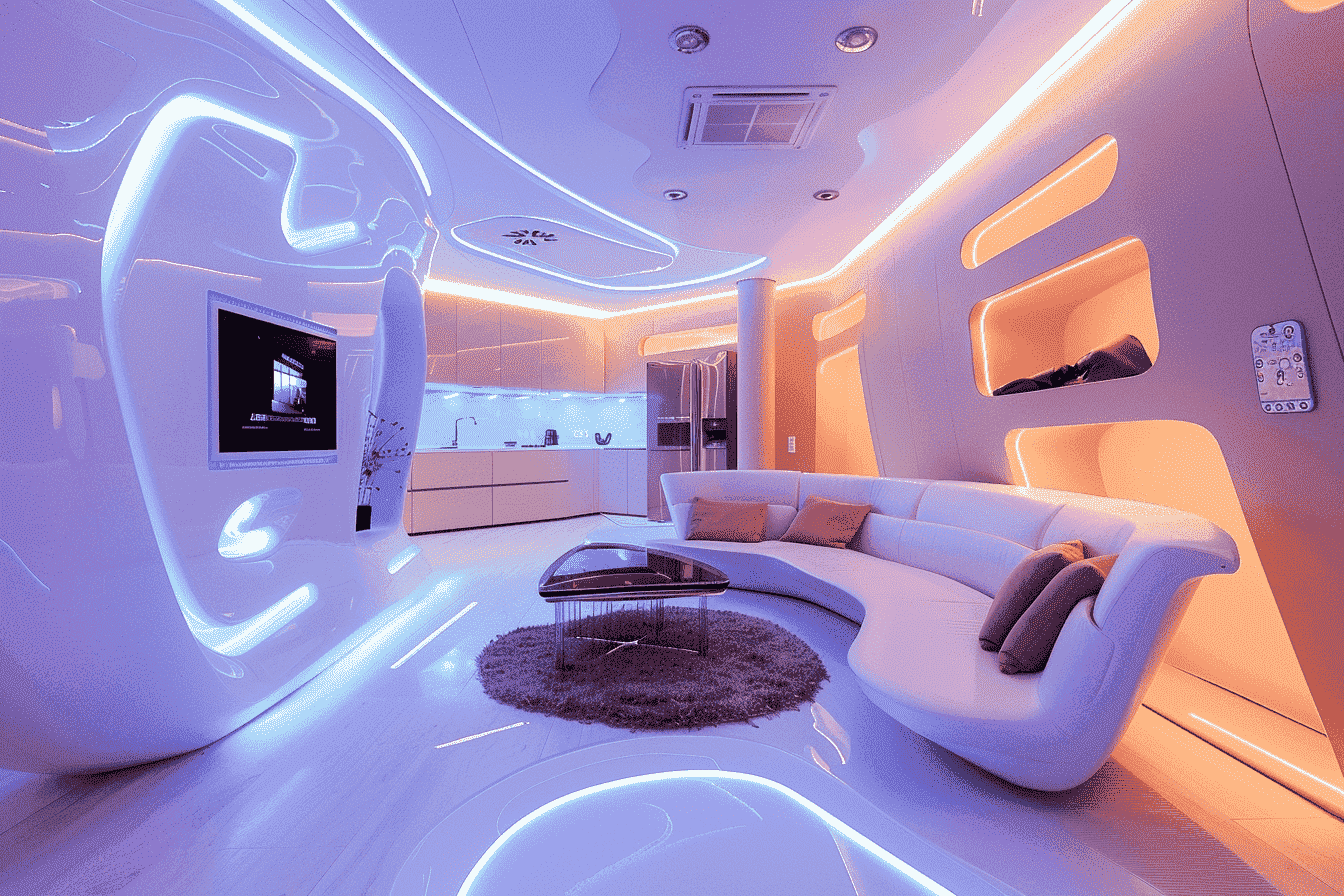

Ideas and Tips
Shadows Of The Future Smart Home Integration
Published: October 20, 2024
Explore the future of smart home integration, from design shifts to AI advancements, enhancing convenience, security, and personalization in your living space.
(Many of the links in this article redirect to a specific reviewed product. Your purchase of these products through affiliate links helps to generate commission for Storables.com, at no extra cost. Learn more)
In the realm of home improvement, the concept of smart homes has evolved significantly over the years. From its humble beginnings in science fiction to its current status as an integral part of our daily lives, smart home technology has revolutionized the way we live. This article delves into the future of smart home integration, exploring its impact on remodeling projects, design considerations, security measures, and overall convenience.
Smart homes have journeyed from the realms of science fiction to becoming an essential part of our daily lives. The concept of smart homes can be traced back to the early 20th century when the first automated household appliances were introduced. However, it wasn't until recent decades that rapid advancements in technology allowed the development of interconnected devices and the Internet of Things (IoT) – the backbone of smart homes.
These interconnected devices now work in harmony, creating an ecosystem that facilitates seamless communication between our homes and the digital world. This integration has transformed homes into responsive, intelligent environments that touch every aspect of our lives.
Accommodating the current and future influx of smart home technologies, remodelers should update their practices accordingly. Here are a few ways that innovative advancements will integrate into remodeling projects:
Remodeling initiatives will increasingly focus on incorporating smart home elements seamlessly into the overall design and layout as homeowners become more aware of the potential advantages. From the beginning of the design process, architects and designers (if directed) can include components like automatic window treatments, smart lighting, and integrated control systems.
Additionally, infrastructure and wiring are frequently needed for smart home technology to connect multiple gadgets. Planning for the best feasible concealment of these electrical requirements becomes crucial throughout a remodel. Choosing the best wiring routes, hiding cables behind walls or beneath floors, and giving access points for maintenance and upgrades are key design issues.
This shift in design thought will produce homes that are aesthetically pleasing, highly useful, and technologically advanced. Here are a few more examples of how design considerations shift along with smart home technology:
User-Friendly Interfaces: For all touch screen-controlled systems, these interfaces should be designed to be reachable and visible for easy access.
Aesthetic Compatibility: All smart home technology should avoid clashing with your home’s current aesthetic. For example, your new smart home light fixtures should match closely with your existing lighting designs.
Future-Proofing: Your smart home technology will inevitably require updates over the course of its lifespan. To accommodate this maintenance, we recommend installing flexible wiring and wireless systems that are easily accessible for future upgrades.
The smart home security technology of the future has the potential to change the way you design your home completely. Homeowners are emphasizing security and safety more as smart homes become widely used. Your future remodel will be significantly impacted by the rising need for high-tech security measures, changing it in several ways, including:
Automation and Monitoring: Installing automated security systems, such as scheduled lighting, remote monitoring of security cameras, and intelligent sensors for detecting unwanted access or odd activity, will require remodelers to accommodate such technologies with their projects.
Enhanced Access Control: Homeowners can use smartphone-controlled locks, biometric verification, or keyless entry systems. Remodeling projects will need to consider the installation and integration of these access control systems, including ensuring that smart locks have the proper wiring and communication.
Integration of Advanced Security Systems: These systems will include smart surveillance cameras, motion sensors, smart doorbells, and facial recognition technologies in addition to conventional alarms and locks. Remodeling experts must consider how these devices will be incorporated into the design to provide optimal coverage and flawless operation.
Ambient computing is a concept that has been gaining traction in recent years. It refers to the seamless integration of technology into our daily lives, making it work hard to improve our safety, comfort, and personal fulfillment without being overtly noticeable.
Imagine waking up to a soft morning glow coming from your walls. The instant you get out of bed, your coffee is perfectly brewed to your preference. This future is already here, and it's meant to simplify your life, not transform you into James Bond.
Ambient computing works by hanging out in the background and occasionally becoming part of the furniture in your home. No more bulky desktops or arcane interfaces. These intelligent systems get to know your behavior and make tiny changes to your everyday routine. Think of it as having a virtual butler who anticipates your needs—from smart thermostats that adjust the temperature to perfection to voice assistants that effortlessly set the ambiance with a casual “Hey Google, create some atmosphere.”
AI voice control systems have evolved to the point where they can proactively anticipate your shopping and entertainment needs. For instance, your voice control device might signal that your groceries are running low or that it’s time for your weekly Friday night pizza.
Imagine asking your voice control device to play your favorite movie. The lights dim automatically…the popcorn you put in the microwave is now in the works. And your couch magically reclines to just the right angle. This is not just a fantasy; it's a reality that smart home technology can offer.
Here are a few other ways home entertainment and automation will develop and how remodeling experts will have to adapt:
Enhanced Gaming Experiences: High-performance displays, immersive sound systems, and cutting-edge gaming consoles or PCs will be in dedicated gaming rooms or sections. Remodeling experts will concentrate on building the optimal gaming atmosphere while taking into account elements such as connectivity for online gaming and acoustics, lighting, and other issues.
Home Office and Multi-Purpose Spaces: Remodeling projects will address the need for home office spaces with integrated audiovisual capabilities as remote work and virtual meetings become more common. For professional communication, home offices will have video conferencing equipment, excellent microphones, and cameras.
Whole-Home Audio and Video Distribution: Whole-home audio and video distribution systems are a popular element of smart homes, enabling residents to enjoy their preferred audio and video material in any part of their house. To provide smooth audio and video distribution, remodeling projects add infrastructure such as in-wall or in-ceiling speakers and wiring.
Retrofitting existing homes with smart home technology is a viable option for those who want to upgrade their living spaces without starting from scratch. This process involves integrating new smart devices into the existing infrastructure of the home.
For instance, you can start by installing smart light bulbs or plugs that can be controlled remotely. You can also add security cameras that can be viewed on your phone. These small steps can significantly enhance the functionality of your home without disrupting its aesthetic appeal.
Artificial intelligence (AI) has been a game-changer in the smart home industry. Through automations, virtual assistants, and machine-learning algorithms, AI can make homes more efficient and give you back valuable time.
AI technology is no newcomer to today's smart home. Whenever you talk to your smart speaker or activate your home security system, you use a resource developed with deep learning in its stack. However, the reach of AI in the smart home has the potential to go much deeper.
Increased automation could enhance our personal lives and boost our productivity. For example, AI-powered systems can anticipate our needs by learning our habits and routines. This personalized approach ensures that our homes adapt to our unique lifestyles, making our lives easier and more convenient.
One of the most significant advancements in connectivity is Matter, an open-source standard developed with the influence and investment of big players like Google, Apple, and more. Matter brings seamless interoperability between smart home devices that weren't previously capable of communicating with each other.
With Matter, different devices from various manufacturers can work together seamlessly, enhancing the overall smart home experience. This interoperability is crucial for creating a cohesive and efficient smart home ecosystem.
Smart living is not just about collecting high-tech tools; it's an art form. It's about creating a living space that anticipates your needs, adapts to your preferences, and frees you to focus on what truly matters.
The key to successful smart living lies in thoughtful design that seamlessly integrates technology into our living spaces. Smart home solutions like Daisy's blend seamlessly with interior design, often hidden from view or disguised as stylish decor elements.
Smart homes have journeyed from the realms of science fiction to becoming an integral part of our daily lives. Through seamless integration of advanced technologies, these homes offer unparalleled convenience, energy efficiency, security, and personalization. As we continue to explore the possibilities of IoT and AI, the smart home industry is poised for even more significant innovations, further changing the way we live and interact with our living spaces.
However, as we embrace this technological transformation, it is vital to ensure that data privacy and security remain a priority to fully enjoy the benefits of this exciting and futuristic reality. So, here's to a future where our homes are not just smart but also safe, efficient, and tailored to our unique lifestyles.
In conclusion, the future of smart home integration promises to be transformative. With advancements in AI, ambient computing, and seamless integration, our homes will become more responsive, intelligent environments that enhance our comfort, safety, and personal fulfillment. As we move forward into this future, it is essential to consider the design implications, security measures, and overall convenience that these technologies offer. By embracing these innovations thoughtfully, we can create living spaces that truly anticipate our needs and adapt to our preferences.
Was this page helpful?
At Storables.com, we guarantee accurate and reliable information. Our content, validated by Expert Board Contributors, is crafted following stringent Editorial Policies. We're committed to providing you with well-researched, expert-backed insights for all your informational needs.
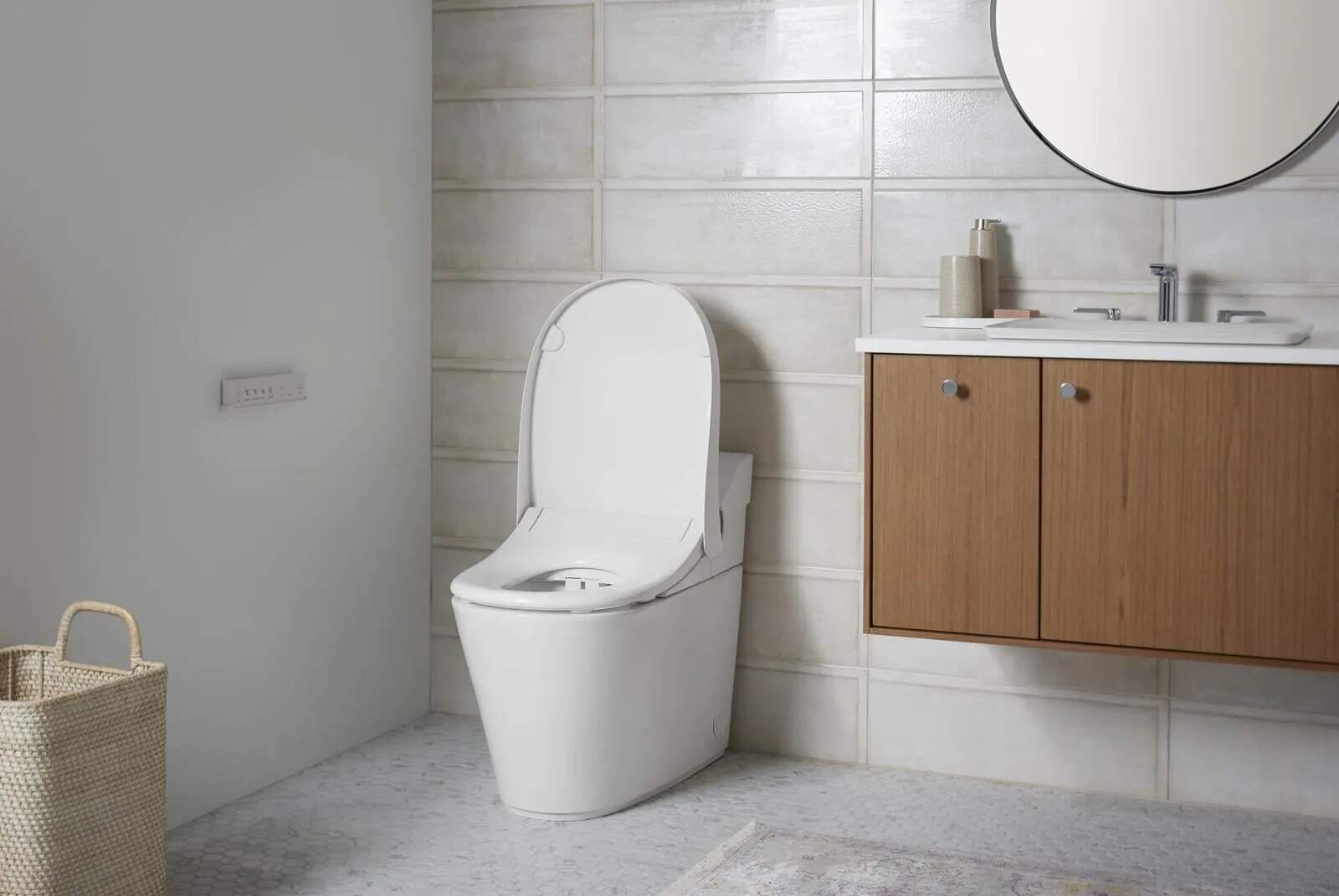
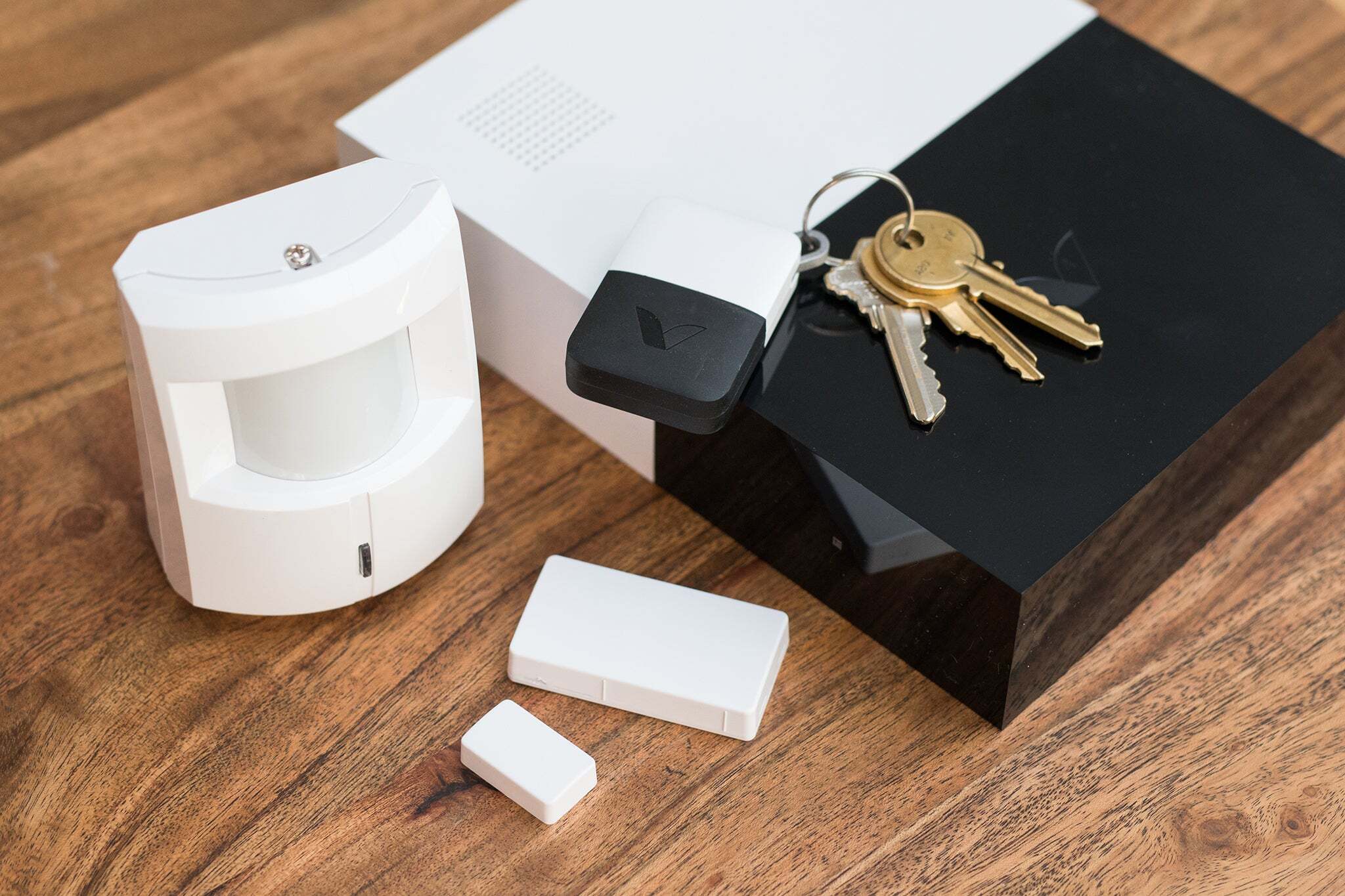
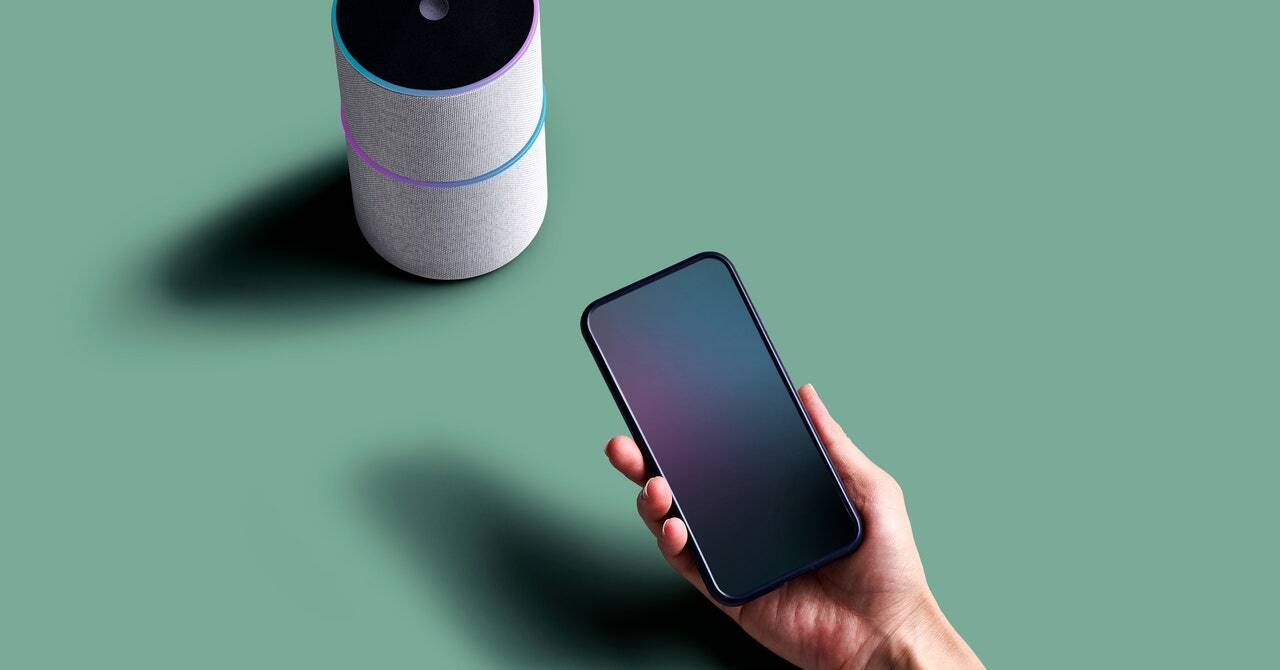
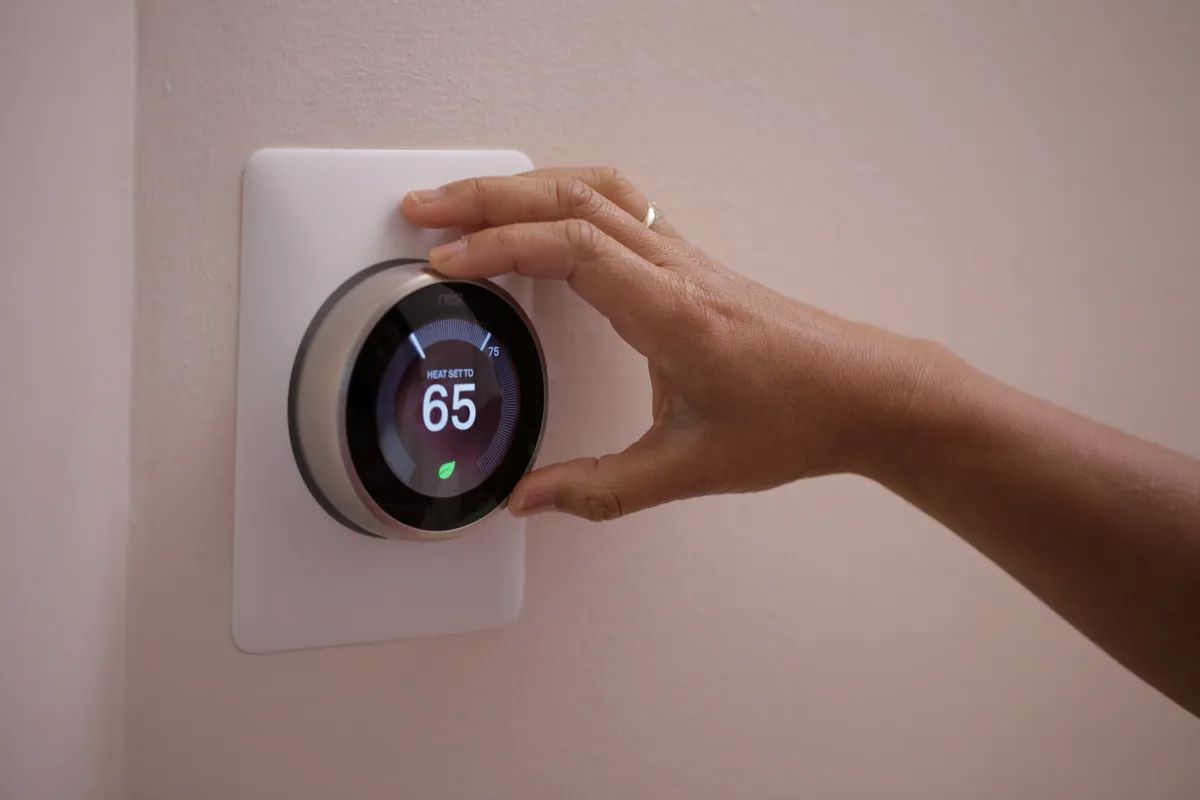
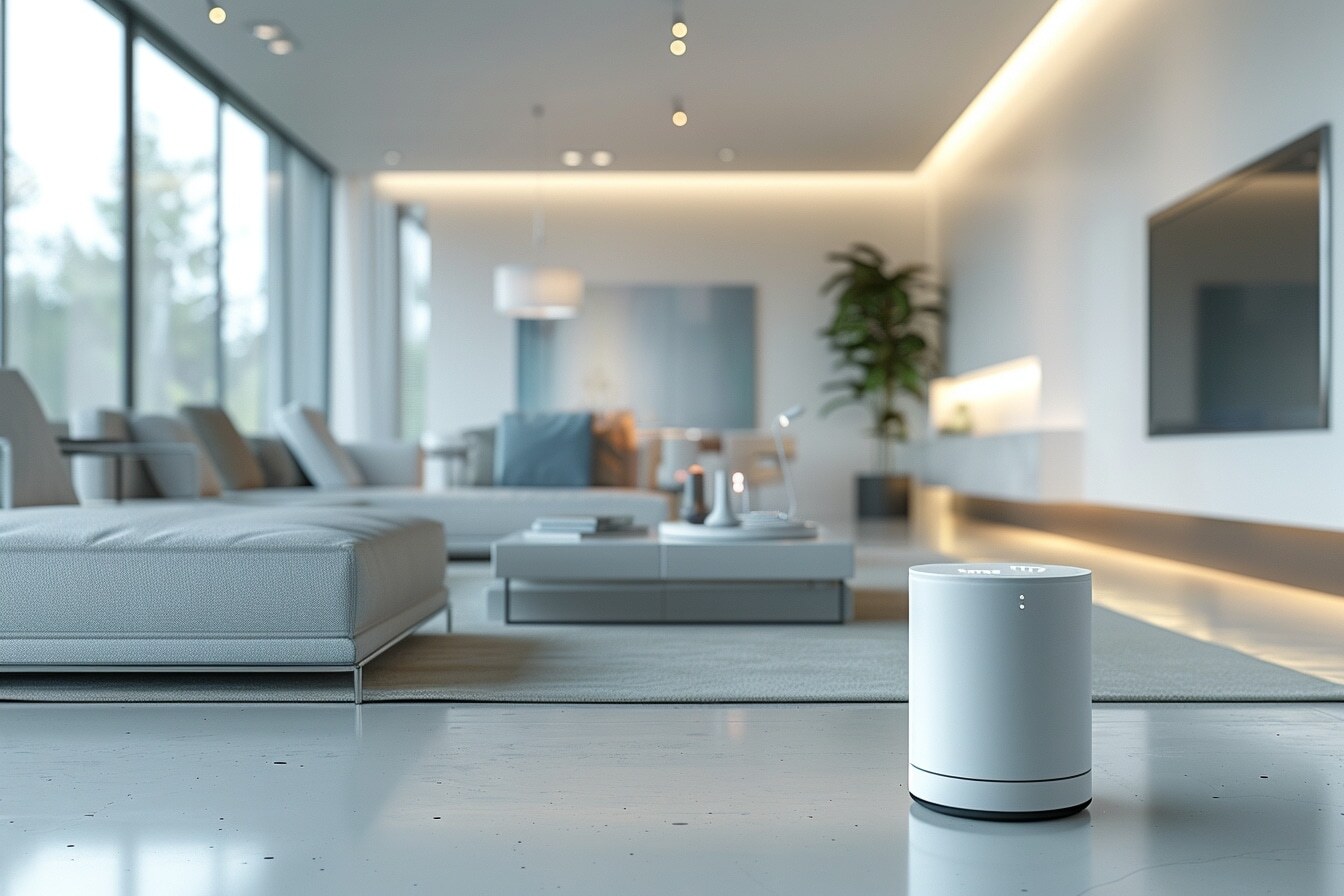
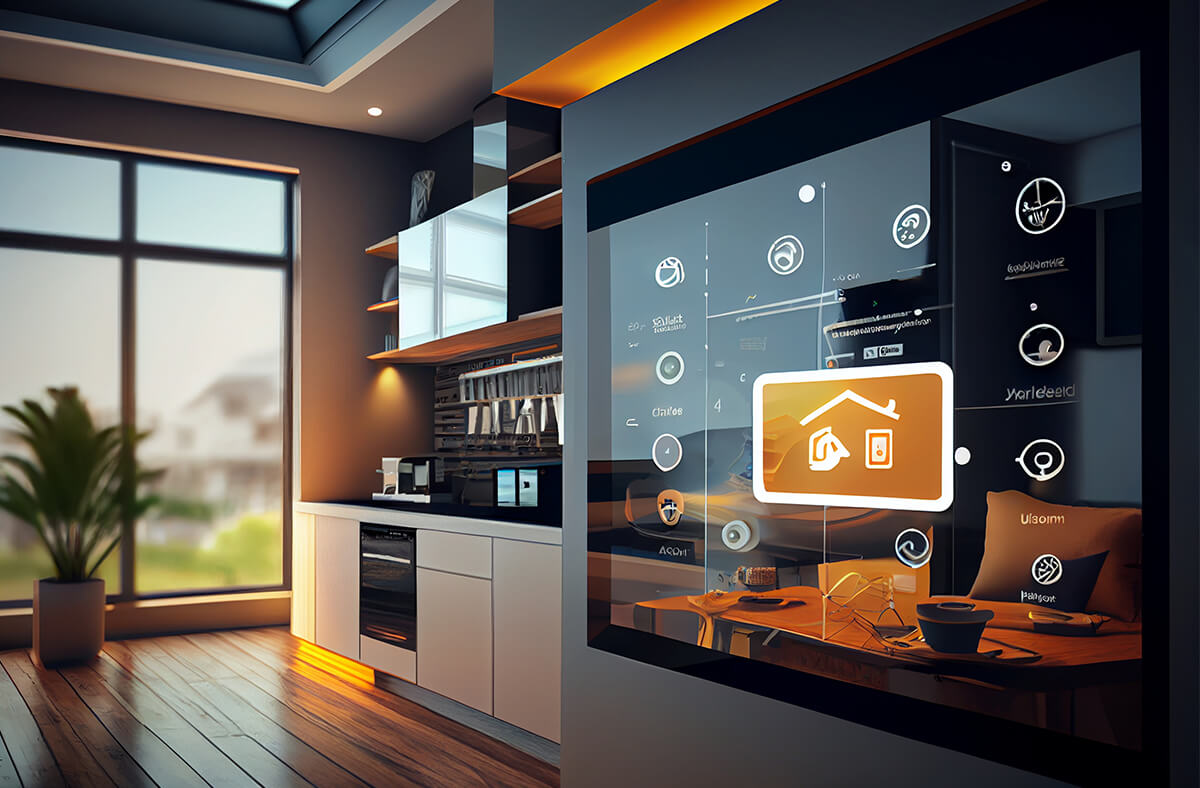
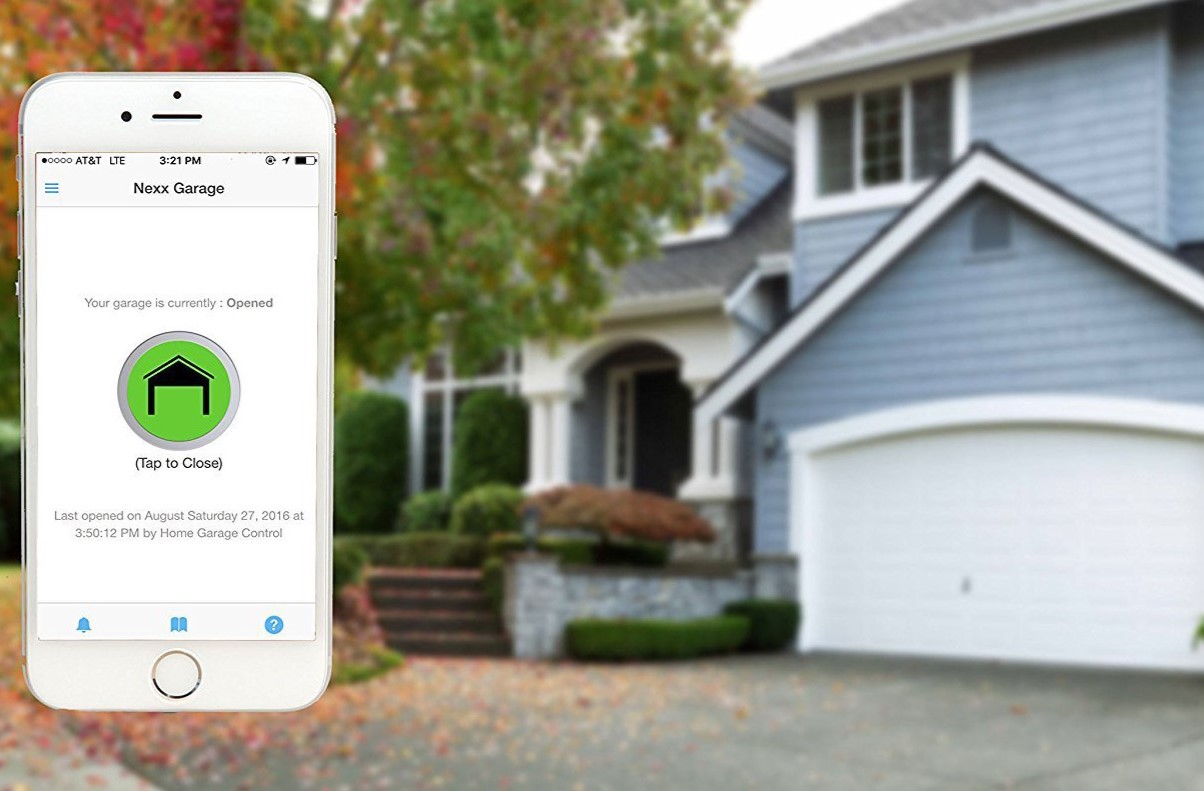
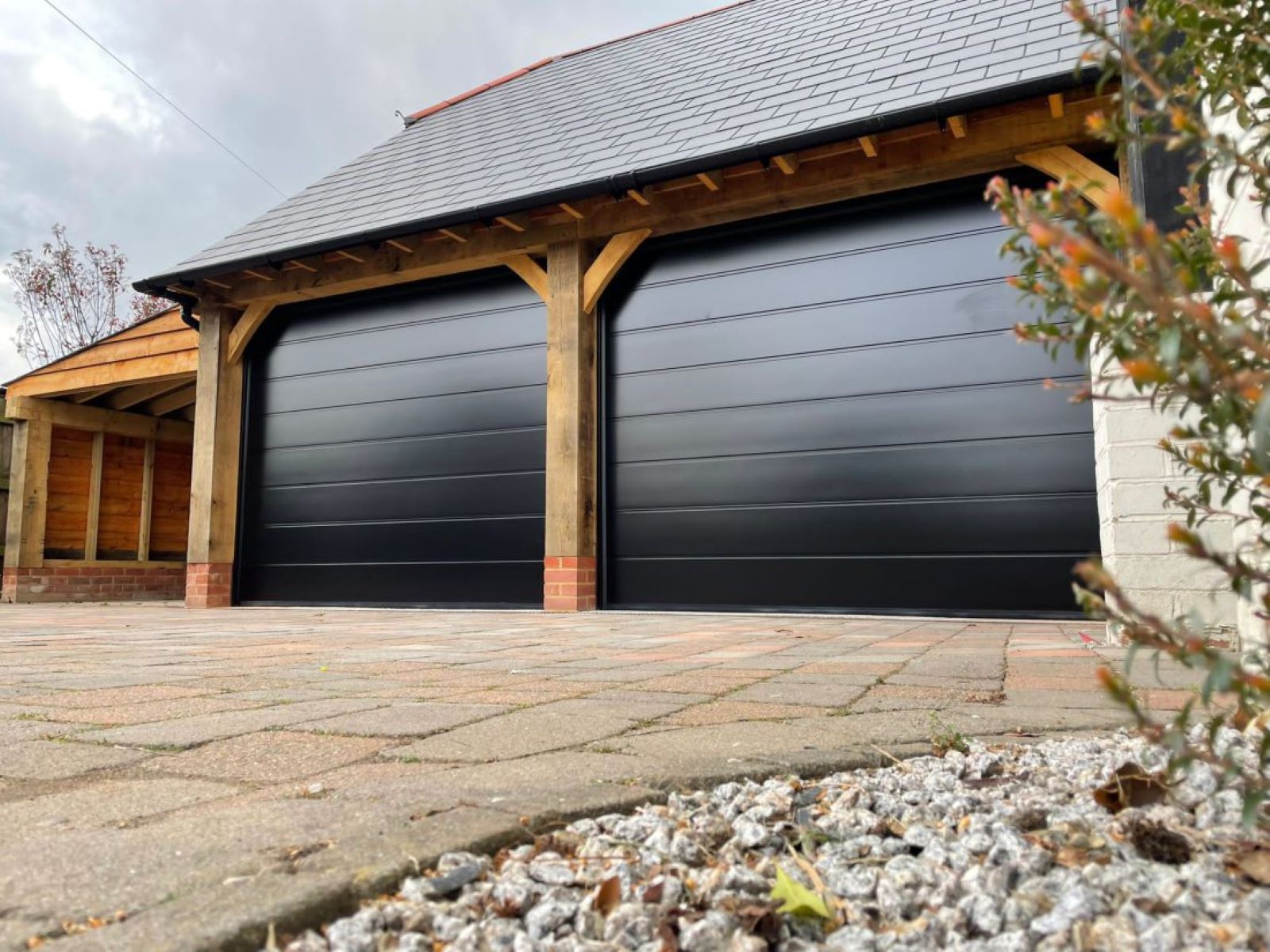
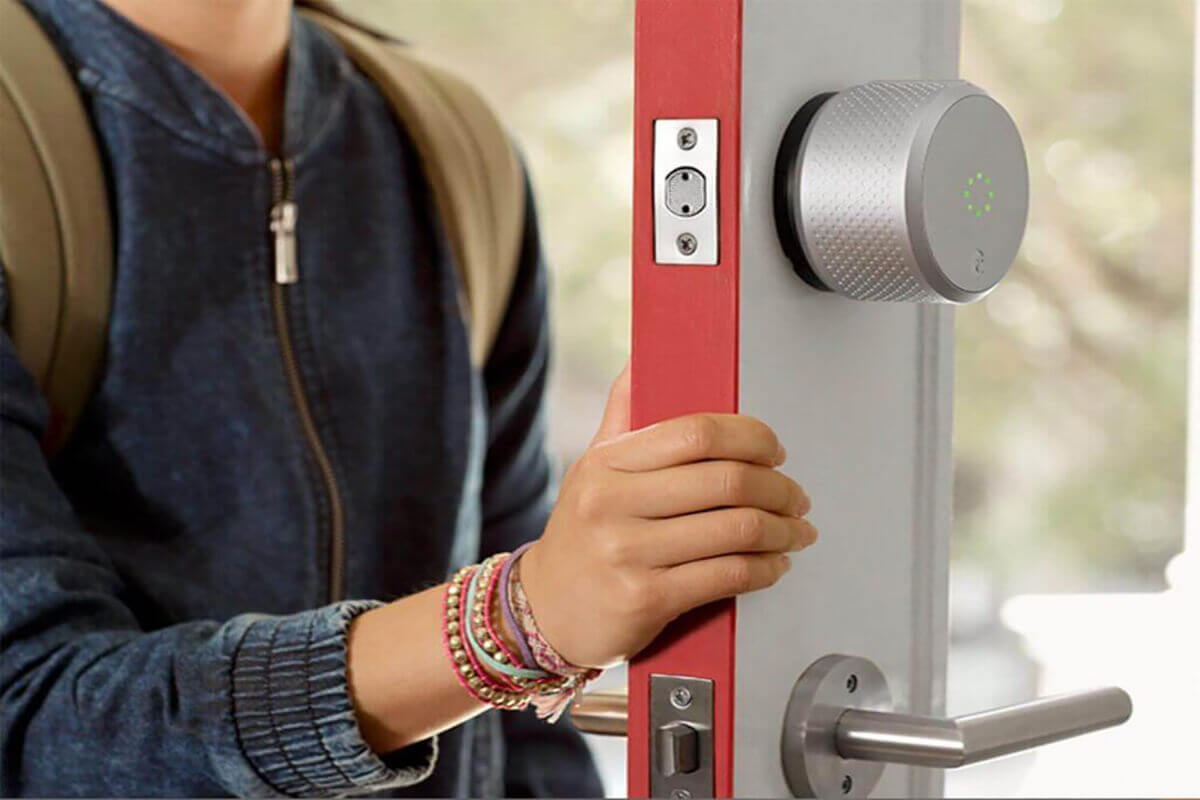
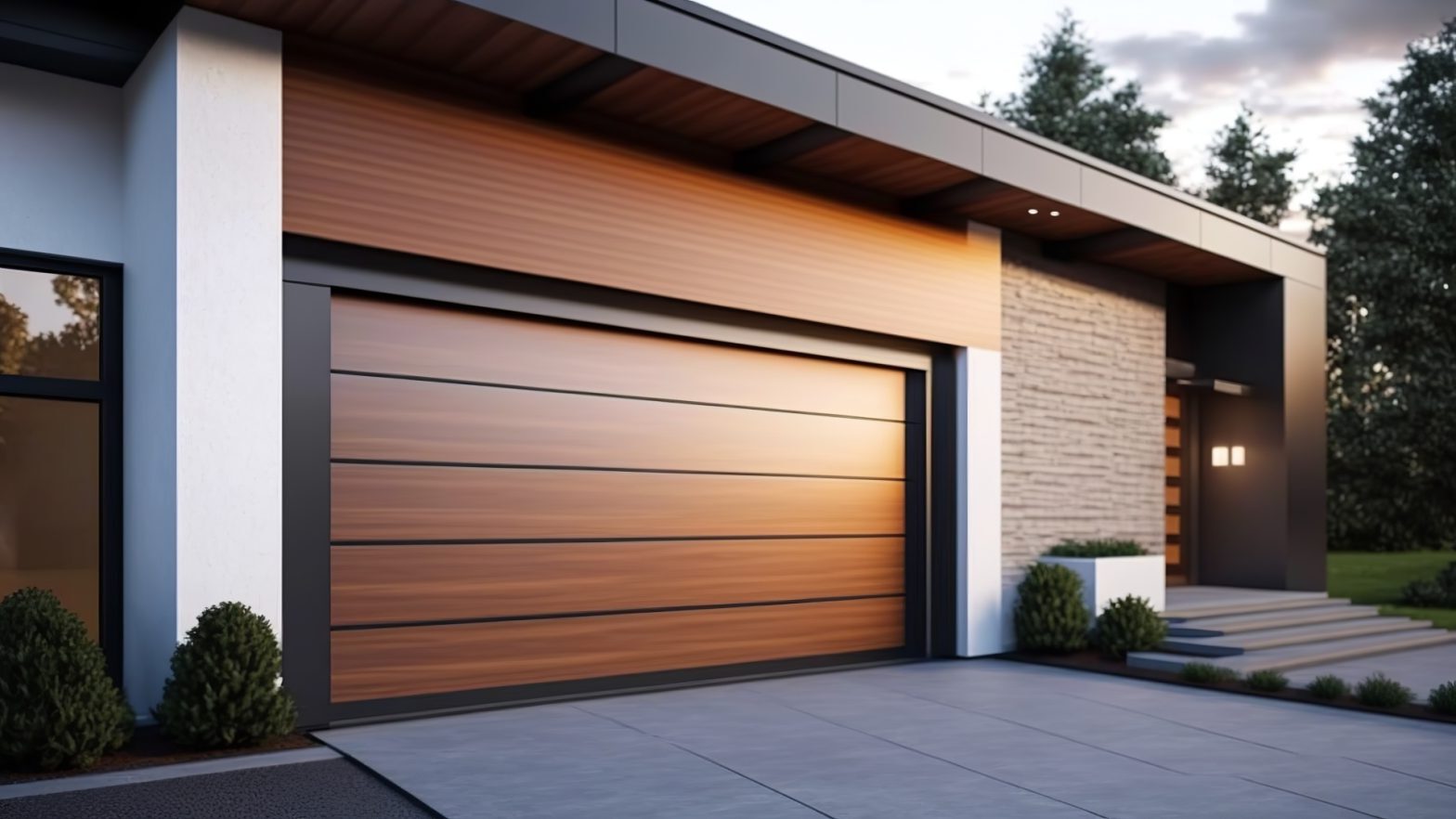
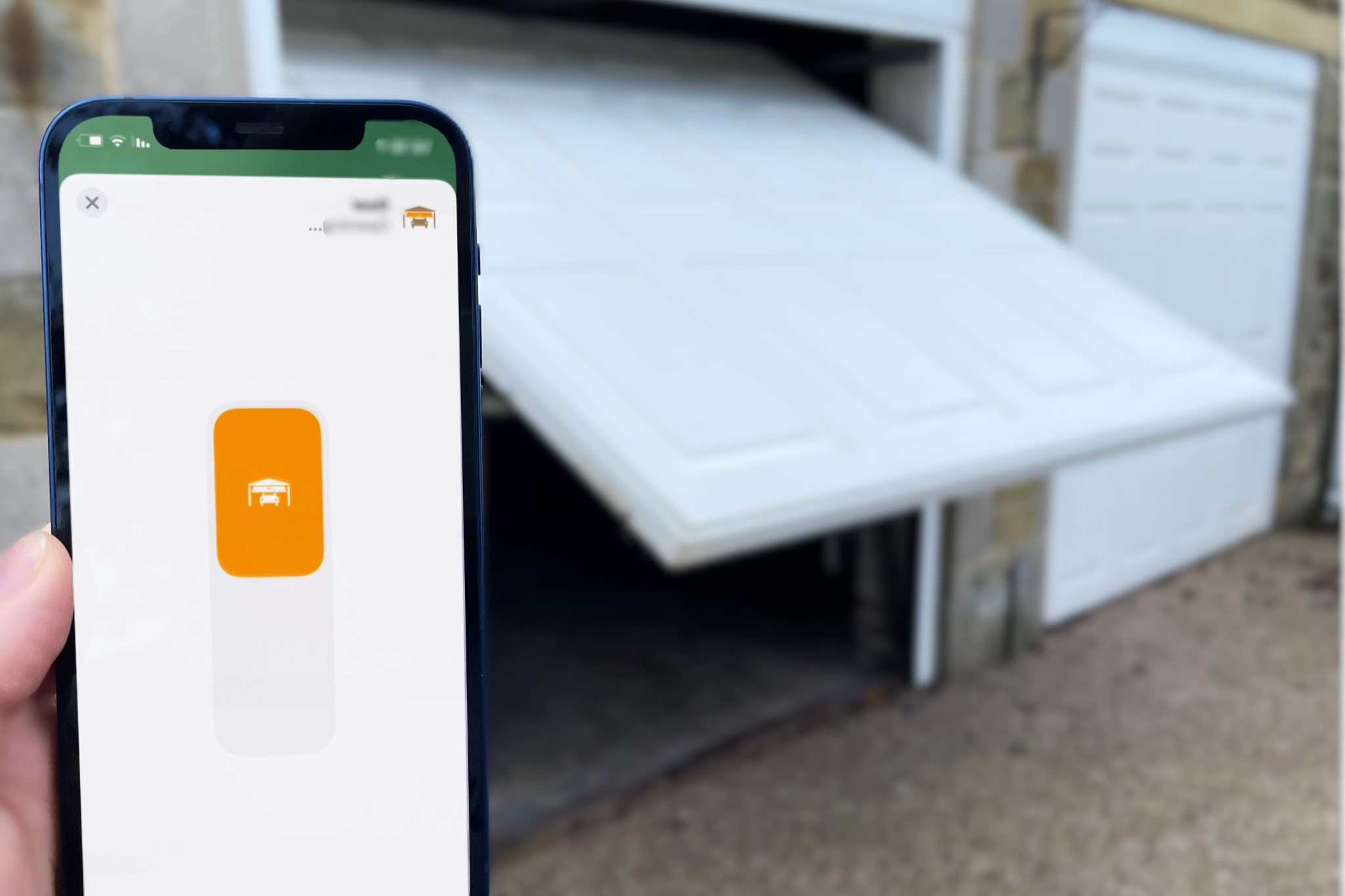
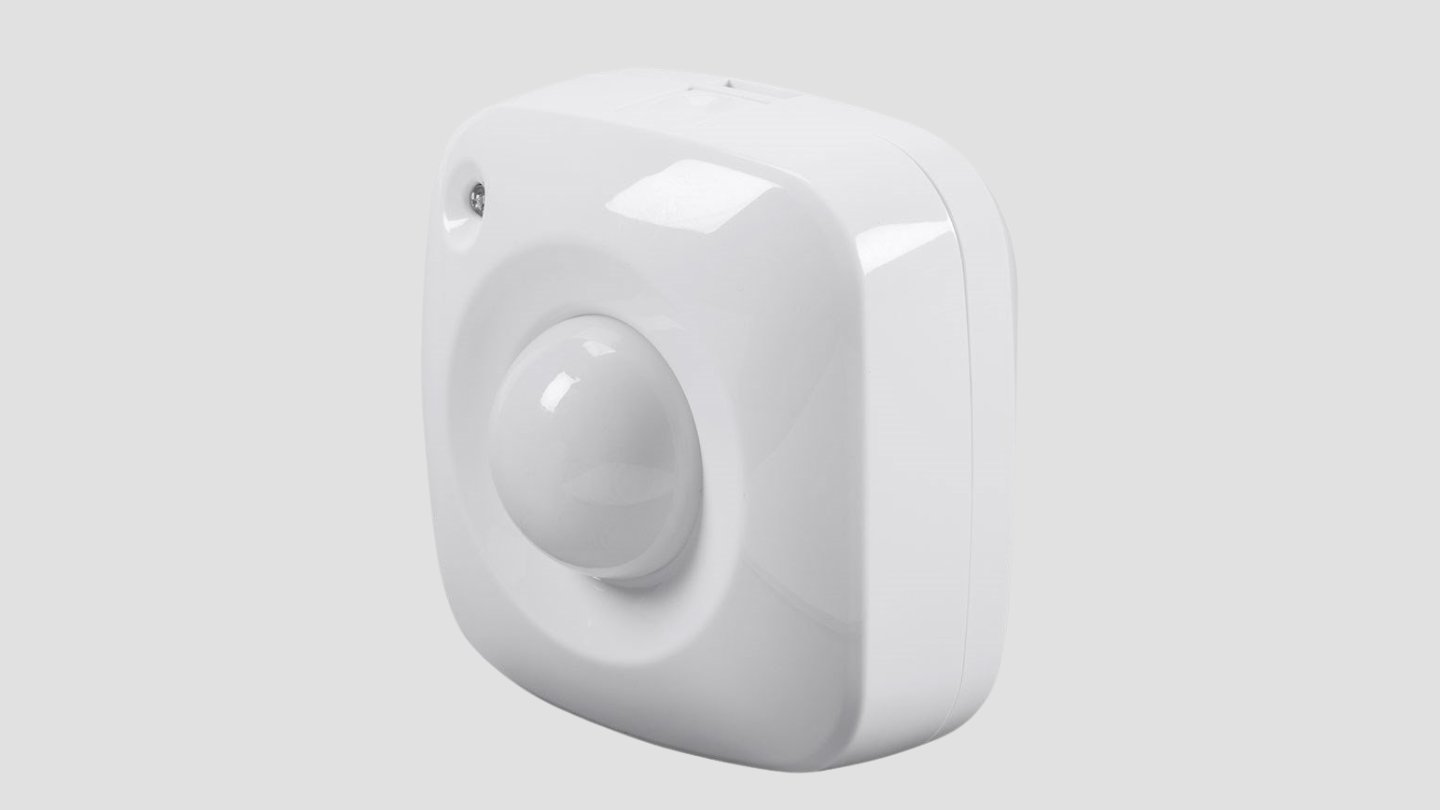
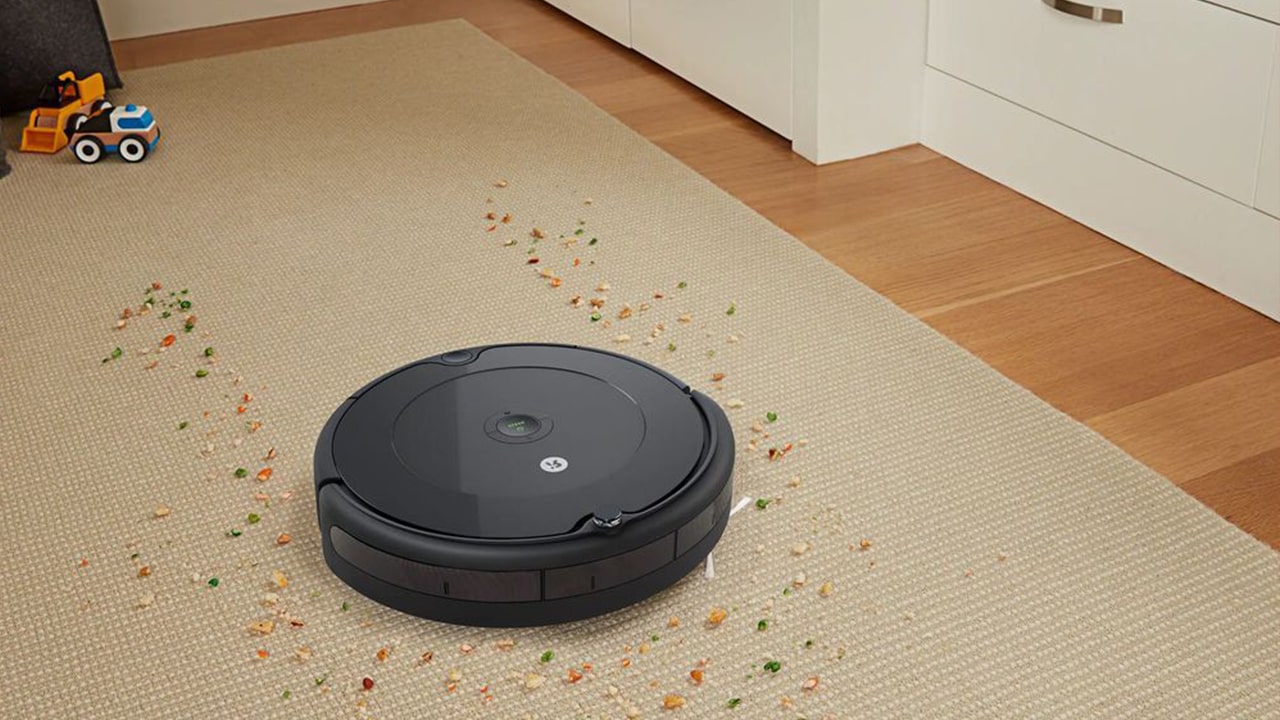
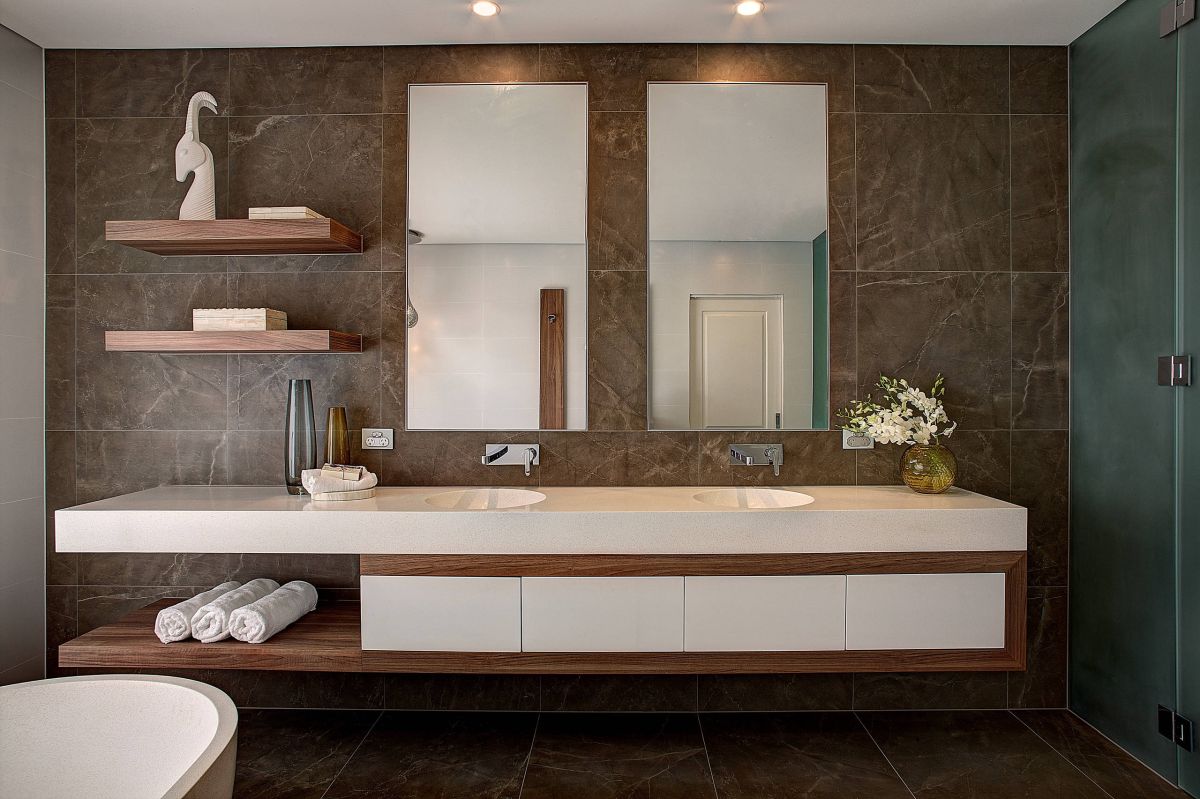
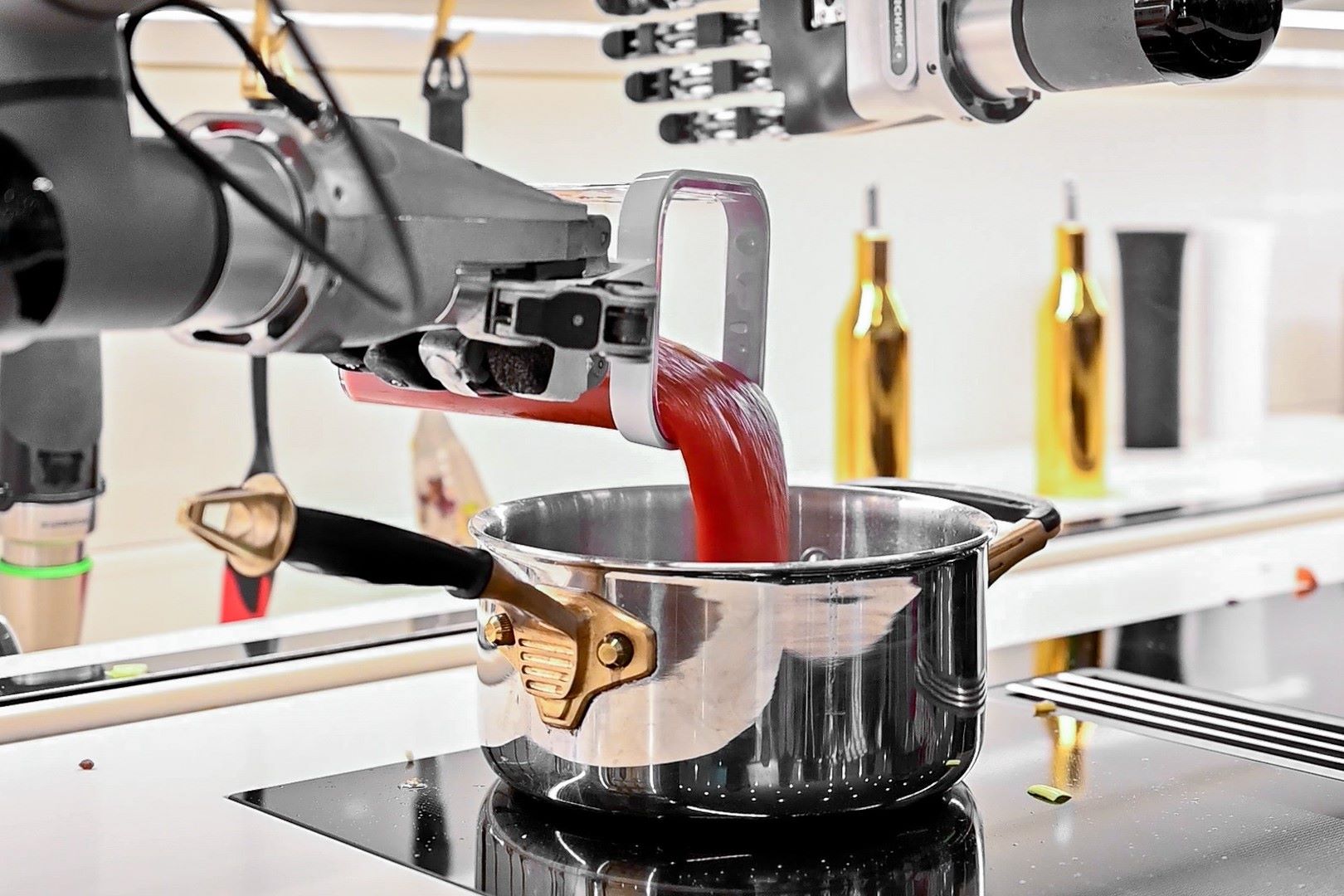
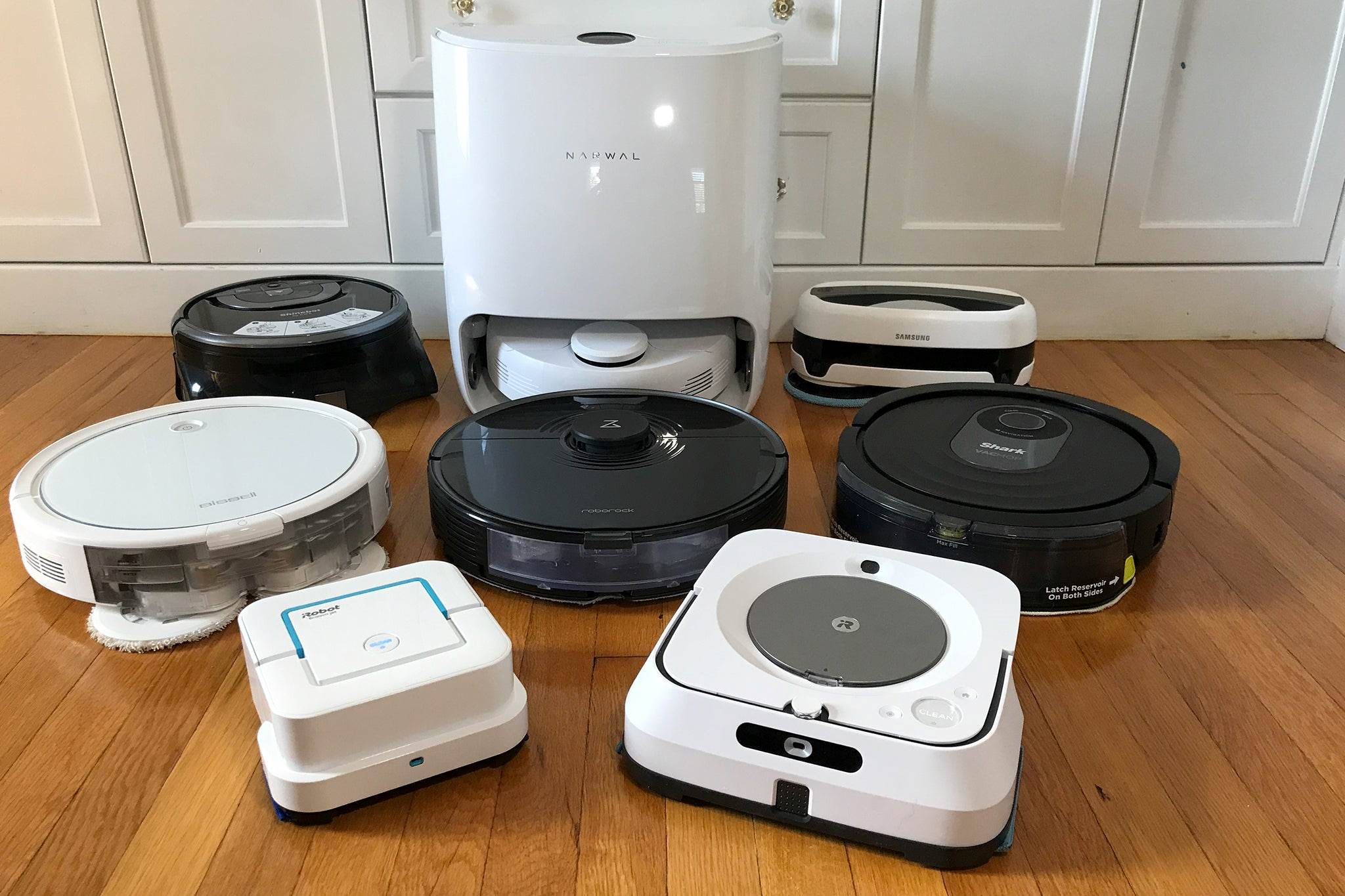

0 thoughts on “Shadows Of The Future Smart Home Integration”